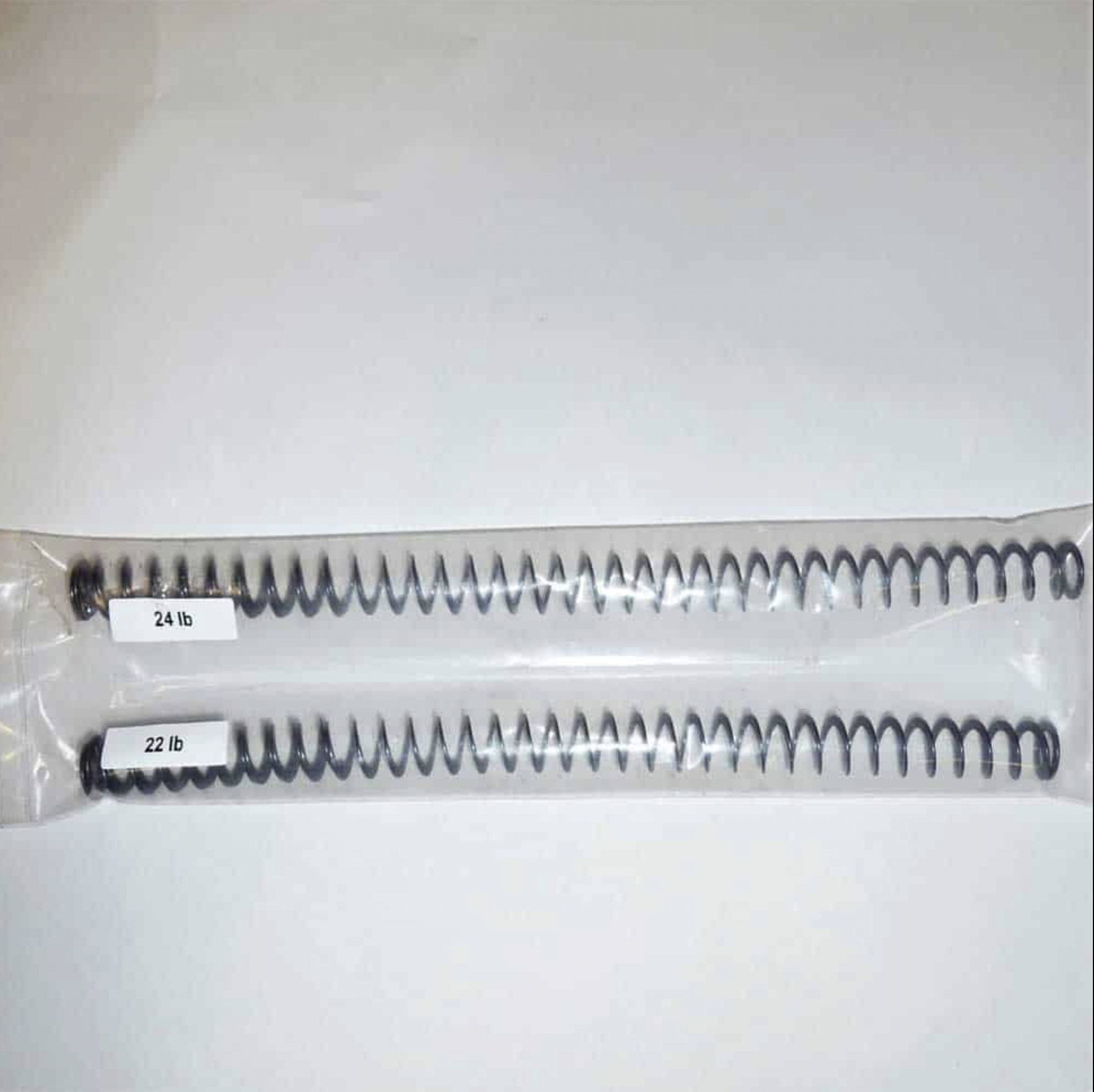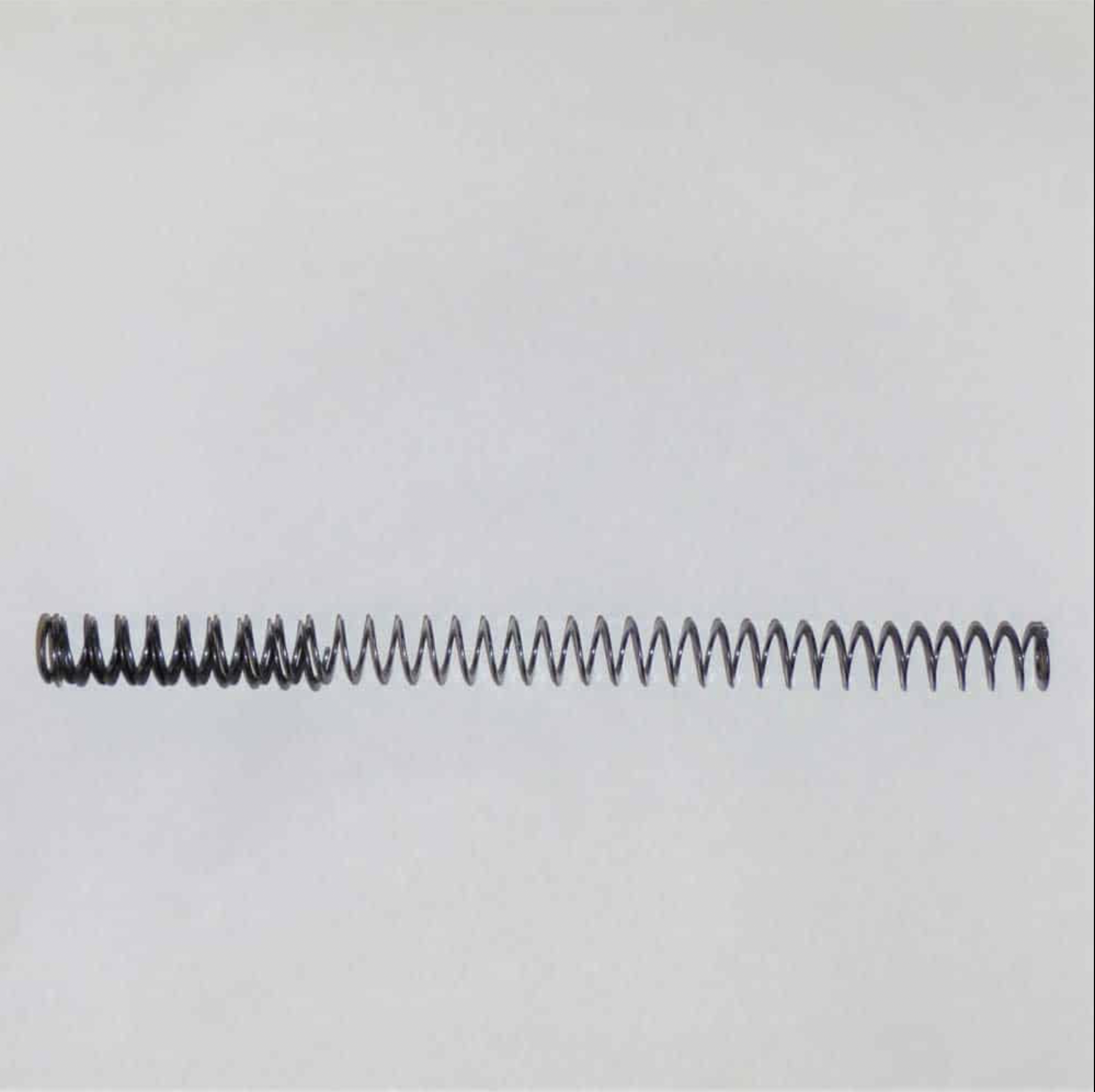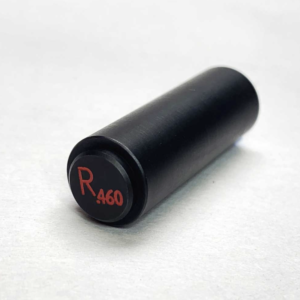Description
What Makes Our.460 Rowland® Tougher Buffer Recoil System Such an Improvement Over the Standard, 200-year-old design?
- To begin, this Dual-Action, Flat-Wound Recoil Spring System stacks in a smaller space, lasts longer, and runs smoother than assemblies with conventionally-wound springs.
- By nesting a short section of flat-wound spring inside the base of the mainspring, we permit the gun to unlock and begin its cycle under normal spring tension.
- As the slide accelerates and approaches the end of its cycle that inertia is resisted gradually by the second spring until, finally, twice the starting spring tension is being exerted against that moving hunk of steel.
- This Dual-Action innovation effectively reduces felt recoil while saving your frame from undue punishment in a smooth and sustainable way.
1911: Using Tuning Packs to Adjust Recoil Spring Tension
We ship your Conversion with a 20 lb Dual-Action Recoil Spring. But all 1911’s and shooters are different, and some minor adjustment is sometimes desirable.
- Your Carbon Steel 1911 may also run well with a 22 lb or even a 24 lb recoil spring
.460 Rowland® 1911 “Tougher Buffer” High-Rate Spring Tuning Pack
- ·If your gun is Stainless Steel it may run best with a 17, 15 or 13 lb recoil spring
.460 Rowland® 1911 “Tougher Buffer” Low-Rate Spring Tuning Pack
SUMMARY:
- Your spent brass should eject no more than 20 feet from your firing position.
- Optimal distances will be in the range of 5 to 10 feet.
- Increase recoil spring tension to reduce the distance spent brass flies.
- Decrease recoil spring tension to increase the distance spent brass flies
- If you are not getting reliable ejection then reduce recoil spring tension.
A Word About “Recoil Buffers”
Why not just use the plastic or Teflon Shock/Recoil Buffer Rings sold for use between the end of your guide rod and slide?
Well, these little cushions do nothing until the slide gets up a full head of steam.
Imagine trying to reduce or buffer all that energy in such a very short distance, i.e. the thickness of the buffer ring.
They are much less effective, take a terrible beating, come apart quickly inside your gun, and must be monitored and replaced before they cause misfires.
In designing the iconic 1911, the venerable John Browning deliberately used the metallic “ping” at the end of each cycle to shake up the stack of cartridges in the magazine (keeping them fluid) to facilitate more reliable feeding.
Recoil Buffers dampen that all-important “ping”. They are not very effective and can lead to potential misfires from failure and jamming.
Johnny says: “Just Don’t Use Them!”
The .460 Rowland®Tougher Buffer System is elegant, versatile, lasts longer, will never break down in your gun, and is simply more effective than other recoil assemblies available.
About our Tougher Buffer Guide Rod:
Full-length guide rods are generally considered better because they force the recoil spring to stack without kinking or twisting and we agree.
Our Tougher Buffer Guide Rod is .25″ in diameter (thinner than most) to accommodate the flat-wound springs we like so much.






Reviews
There are no reviews yet.